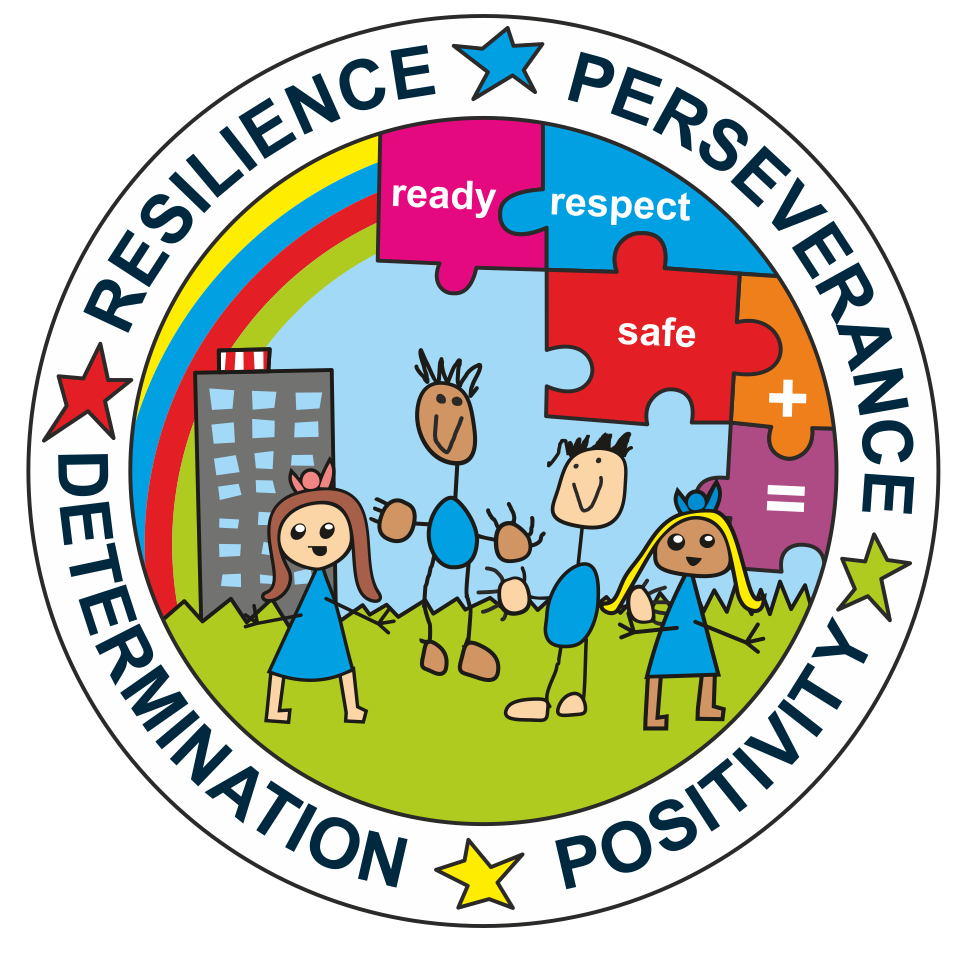Eco Blog
Brrrr… is it just us or is it starting to get cold outside? When it is chilly we wrap up warm and fill our bellies but birds cannot do the same so they rely on us. As the weather becomes colder, birds experience a shortage in their natural, live food sources and so often rely on people’s gardens for their nutrients. Putting food and water out regularly during Autumn, preferably twice a day, will surely make your garden a popular attraction. Therefore, a bird feeder is a must in our school garden, especially in winter months when food for our feathered friends is scarce.
This week, Year 3 had the task of topping up the bird feeders, ready for our birds to keep feasting. The children were so excited to get outside for this and help our local wildlife. We worked as a team to fill the feeders up with the seed in hope to continue feeding our resident birds. The most exciting part was seeing that the bird feeders were empty by the end of the week. Billie-Jo’s face lit up when she realised this after school and she was truly delighted to share this with us.
If you would like to help your local birds this winter, here are some tips for you to make your own bird feeder at home:
You will need a plastic bottle (with a cap), two sticks, a pin, scissors and string.
1.With your adult, use the pin to make holes on opposite sides of the bottle for the sticks and at the bottom for drainage.
2.Push a stick through the holes. There should be some of the stick left outside the bottle on each side for the perches.
3.Slightly above each perch, use the scissors to cut a feeding hole the size of a 5p coin.
4.Use the pin to make two holes in the neck of the bottle and thread the string through the holes to make a loop.
5.Then fill the bottle with bird food and replace the bottle cap (This could be fruit and vegetable seeds, nuts or even peanut butter).
6.Find a sheltered location outside to hang your feeder - tying it onto a tree branch or washing line would work well.
If you make a bird feeder at home, please take a picture as we would love to see.
Did you know that researchers believe that composting dates back to around 2350 BC? Despite this, 97% of UK households don’t compost their food and garden waste so we, as a school community, want to change this!
As a community at Mansel Park Primary school, we have been on a mission to ensure we are eco-warriors. Therefore, the Eco Committee has been working hard at discovering ways in which we can help the environment. In year 4, we have been tasked with composting. This means that we are responsible for encouraging our peers to dispose of their food waste correctly and monitor our compost heap.
Our compost monitors (Jessica, Paige and Darcey) are very dedicated to their role and take our food waste from the playground to our compost heap everyday. They love having an impact on our environment and enjoy giving us updates as the compost develops! It is incredible to see how passionate year 4 have become for composting.
Composting is an essential part of organic gardening. It’s the ultimate recycling of all those grass clippings, food waste, and garden waste. It also adds organic matter to your soil which nourishes the soil food web.
If you would like to support our environment, you could start a compost heap at home. All you need to do is have an old bin or container (something you already have) and create a few holes in it so the compost will get air. You can then tuck this in a convenient spot in your garden and start adding organic material to it. Let us know how you get on!






